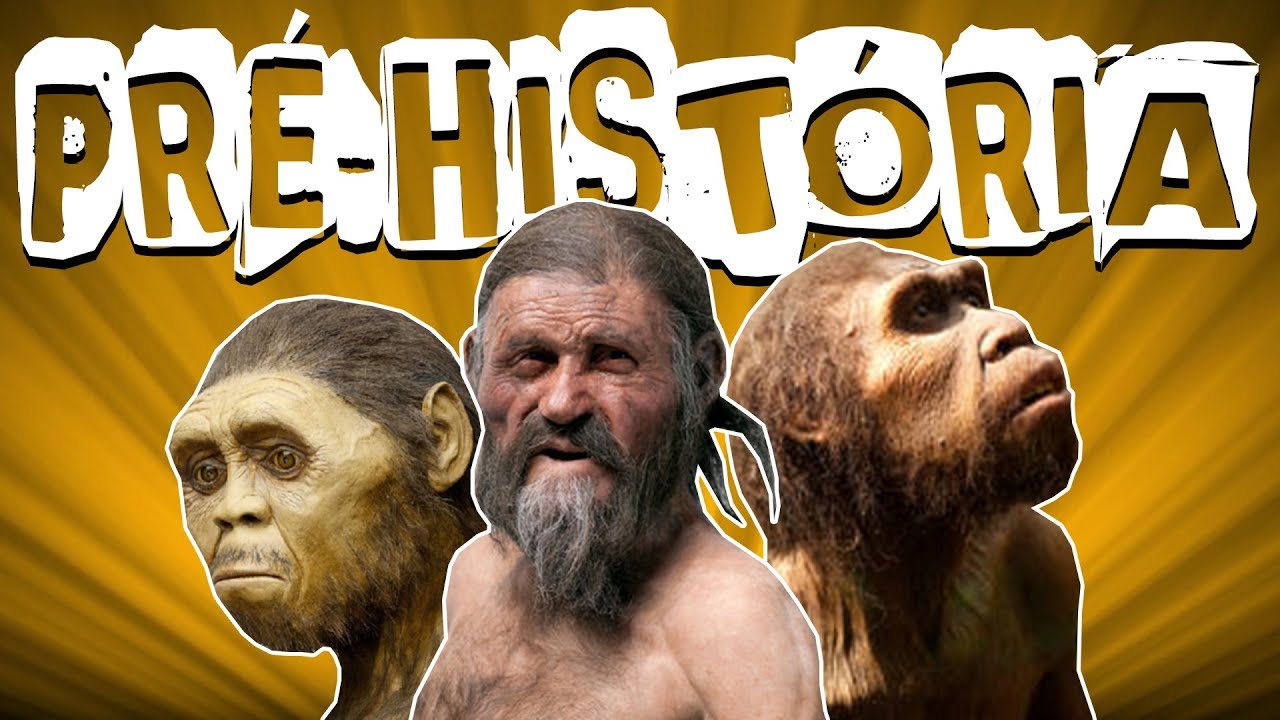The Neolithic Age Explained: Global History Review
Summary
TLDRThis video script delves into the Neolithic Revolution, a pivotal period around 10,000 BCE marked by the shift from hunter-gatherer societies to settled agricultural communities. It discusses the causes, such as climate change post-Ice Age, and the profound effects on human life, including the advent of agriculture, domestication of animals, and the emergence of social structures and technology. The script provides a historical framework to understand the transition that laid the foundation for modern civilization.
Takeaways
- 🕰️ The Neolithic Revolution occurred around 10,000 BCE, marking a significant shift from the Paleolithic Age which lasted from about 2 to 3 million BCE to 10,000 BCE.
- 🌱 This revolution was not a quick event but a gradual process that unfolded over thousands of years, affecting multiple regions.
- 🌍 Major causes included climate change at the end of the Ice Age, which altered landscapes and food availability, potentially leading to the settling of populations.
- 📈 The growth of the human population to a size unsustainable for a hunting and gathering lifestyle was another contributing factor to the Neolithic Revolution.
- 🍲 The 'feast theory' suggests that clans became more powerful through feasting, which may have necessitated a more settled lifestyle for food production.
- 🌾 Agriculture emerged as a key development, with early examples including the domestication of wheat in the Middle East and rice in China.
- 🐄 The domestication of animals allowed for a new source of nutrition and protein, with milk being particularly significant for human survival and evolution.
- ⛏️ The need for agriculture led to the modification of natural resources, including irrigation and deforestation.
- 🏛️ The settling of populations enabled the development of social structures, including division of labor, art, technology, and the concept of property ownership.
- 🗝️ The establishment of social classes and the concept of property ownership laid the groundwork for more complex societal structures like government and empires.
- 🛡️ The Neolithic Revolution also brought about negative effects, such as the spread of diseases from domesticated animals, but also led to advancements in immunity and survival of the fittest.
Q & A
What is the Neolithic Revolution and when did it occur?
-The Neolithic Revolution refers to a set of transformative changes in human societies that marked the end of the Stone Age and the beginning of the Neolithic Age. It occurred around 10,000 BCE and was characterized by the shift from a nomadic hunting and gathering lifestyle to a settled agricultural one.
How did the Neolithic Revolution differ from other revolutions?
-Unlike other revolutions that involve rapid and often violent changes, the Neolithic Revolution was a gradual process that occurred over thousands of years, with changes happening across multiple regions simultaneously.
What were some of the major causes of the Neolithic Revolution?
-The major causes of the Neolithic Revolution include climate change at the end of the Ice Age, which led to changes in the environment and the availability of food; a growing population that could no longer be sustained by hunting and gathering; and the development of social practices such as feasting and the establishment of oases that encouraged people to settle in one place.
How did the end of the Ice Age contribute to the Neolithic Revolution?
-The end of the Ice Age led to the melting of glaciers, which in turn caused global environmental changes. This resulted in the creation of fertile valleys where food could be grown more easily, providing an opportunity for people to settle and begin farming.
What were the initial negative effects of the shift to agriculture during the Neolithic Revolution?
-Initially, the shift to agriculture led to a decrease in protein intake, which resulted in a lower life expectancy and a reduction in the average height of people. It took time for societies to adapt and develop better farming practices and crop varieties.
What is the significance of the domestication of animals during the Neolithic Revolution?
-The domestication of animals was significant as it allowed for a more reliable source of food, the development of dairy products, and the use of animals for labor, such as plowing fields. It also led to the evolution of certain human traits, such as lactose tolerance.
How did the Neolithic Revolution lead to the development of social classes and government?
-As societies became more settled and agriculture advanced, the division of labor increased. This led to the development of specialized roles and, consequently, social classes. The need to manage these classes and the resources they produced led to the formation of government structures.
What role did the concept of property ownership play in the Neolithic Revolution?
-The concept of property ownership emerged as a result of the surplus of food produced by agriculture. This surplus allowed for the accumulation of wealth and the establishment of private property, which in turn influenced social structures and the development of laws.
How did the Neolithic Revolution influence the development of technology and art?
-With the advent of settled life, people had more time to engage in activities beyond subsistence. This led to advancements in technology, such as the invention of the wheel and early writing systems, as well as the creation of art, including monumental structures like Stonehenge.
What were some of the negative consequences of the domestication of animals during the Neolithic Revolution?
-The domestication of animals introduced new diseases to human populations, such as measles, influenza, and smallpox. However, over time, natural selection favored individuals with stronger immune systems, leading to a decrease in disease mortality.
Outlines

此内容仅限付费用户访问。 请升级后访问。
立即升级Mindmap

此内容仅限付费用户访问。 请升级后访问。
立即升级Keywords

此内容仅限付费用户访问。 请升级后访问。
立即升级Highlights

此内容仅限付费用户访问。 请升级后访问。
立即升级Transcripts

此内容仅限付费用户访问。 请升级后访问。
立即升级5.0 / 5 (0 votes)






